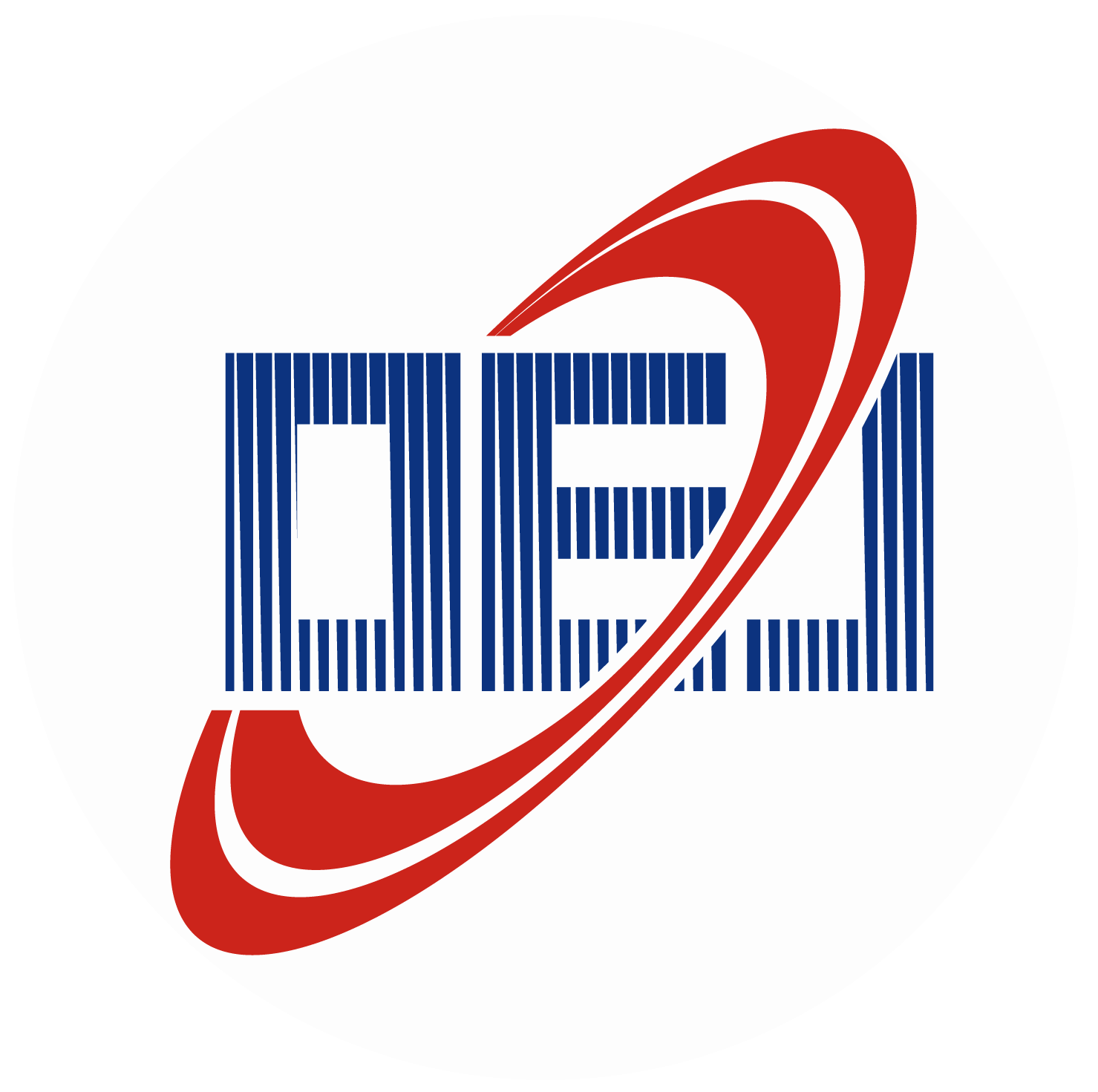-
Abstract
Laser absorption spectroscopy is a promising technique for sensing trace gases, with the advantages of being noninvasive, in situ, highly selective, and having a high temporal resolution. However, its performance under harsh environmental disturbances remains limited because of the necessity for laser intensity calibration and complex baseline correction. In this study, all-fiber oscillating-interference absorption spectroscopy (AOIAS) was developed, which utilizes a fiber-optic interferometer based on an antiresonant hollow-core fiber (AR-HCF) to overcome the previous limitations and achieve advanced spectroscopic analysis. Laser intensity calibration-free and baseline-fitting-free gas detection of CH4 was demonstrated. The light intensity of AR-HCF in the absorption arm was attenuated, enabling the visibility (V) of the interference pattern to be utilized for determining the CH4 absorption coefficients. The experimental results demonstrated high linearity between the V value and CH4 concentration (R2 > 0.999) and between absorbance and concentrations (R2 > 0.999), confirming reliability and accuracy. Allan variance analysis reveals that the system achieves a minimum detectable limit of 26.5 ppm and the volume of gas required is less than 2 μL. The proposed AOIAS provides a new avenue for compact optical sensors, featuring immunity to light-source fluctuations, no baseline processing requirement, and high adaptability. -



 E-mail Alert
E-mail Alert RSS
RSS


